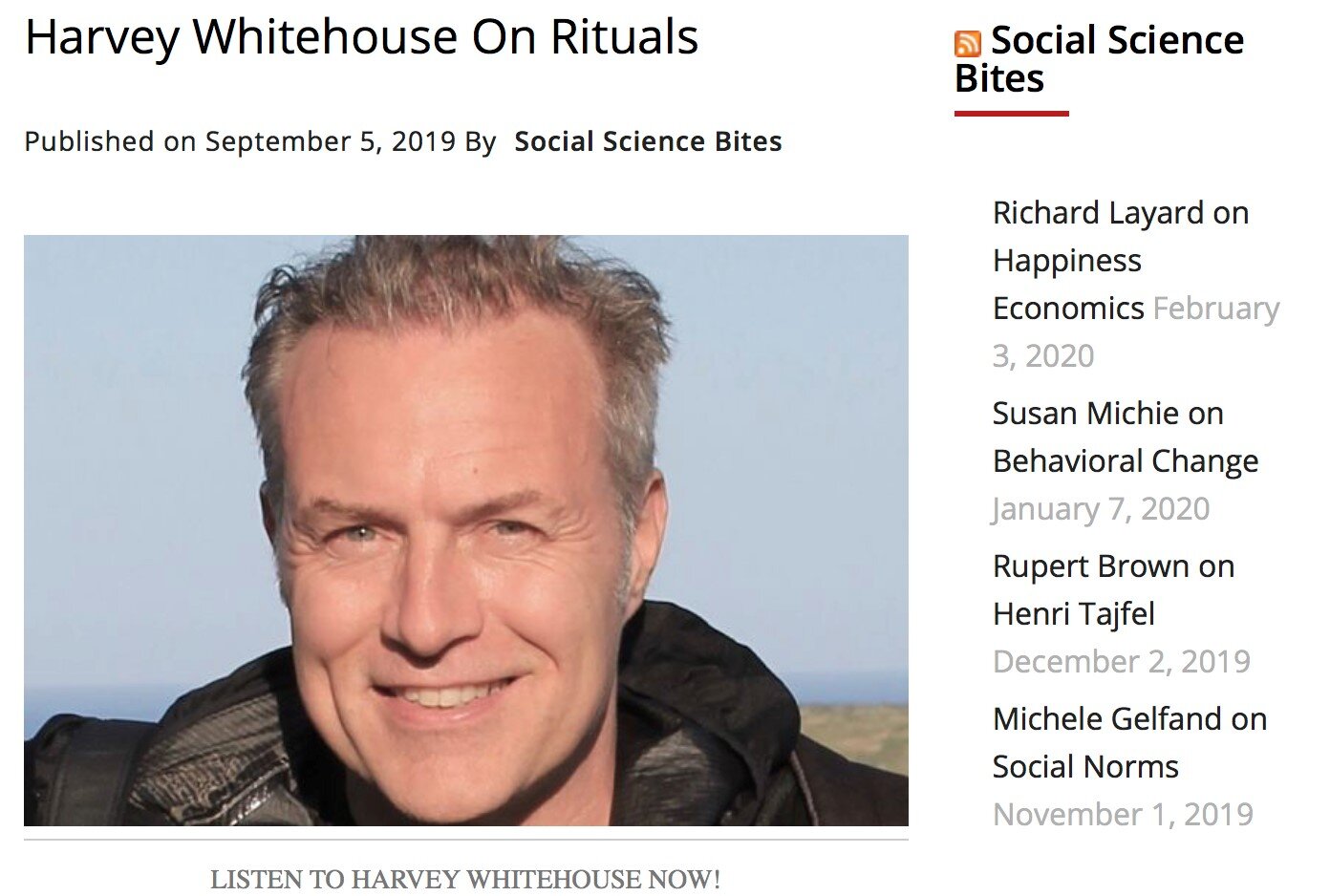Religion, Anthropology, and Cognitive Science
/This book examines longstanding debates in the anthropology of religion concerning the connections between ritual and meaning, belief, politics, emotion, development, and gender. But it examines these ‘old’ topics from a radically new perspective: that of the cognitive science of religion.
As such, the volume identifies potential solutions to established problems, but it also sets out a program for future research in the field. The volume includes a substantial introduction from Harvey Whitehouse and James Laidlaw who highlight the connections between key issues in the history of religious anthropology and the latest findings of scientific psychology. This volume, they argue, presents us with potential solutions to old problems but also with a series of new and exciting challenges.
This book is part of the Ritual Studies Monograph Series, edited by Pamela J. Stewart and Andrew Strathern, Department of Anthropology, University of Pittsburgh.














Harvey Whitehouse, Brian McQuinn, Michael Buhrmester, and William B. Swann (2014). Proceedings of the National Academy of Sciences, Vol. 111, No. 50: pp. 17702-17703.